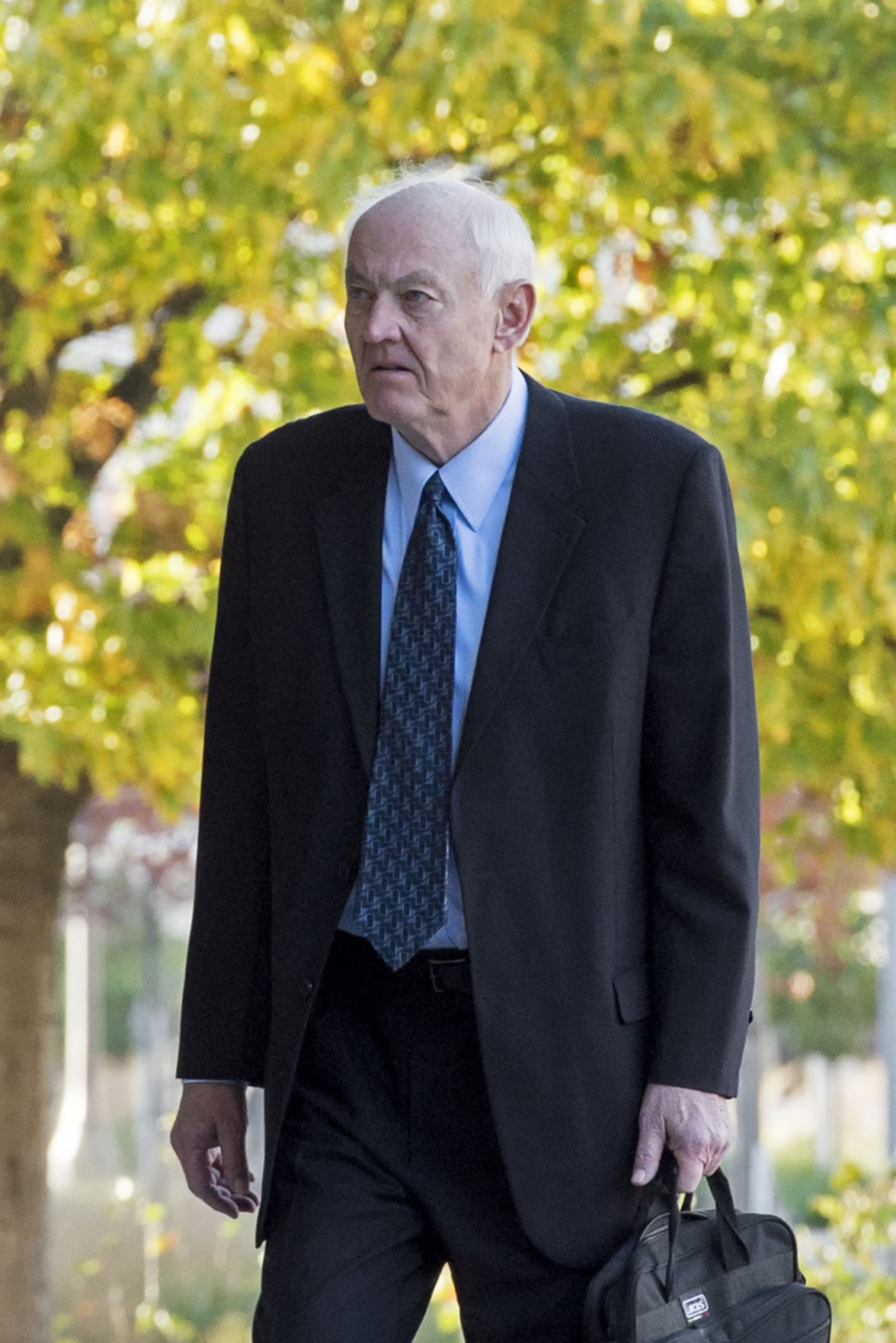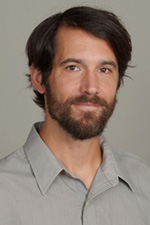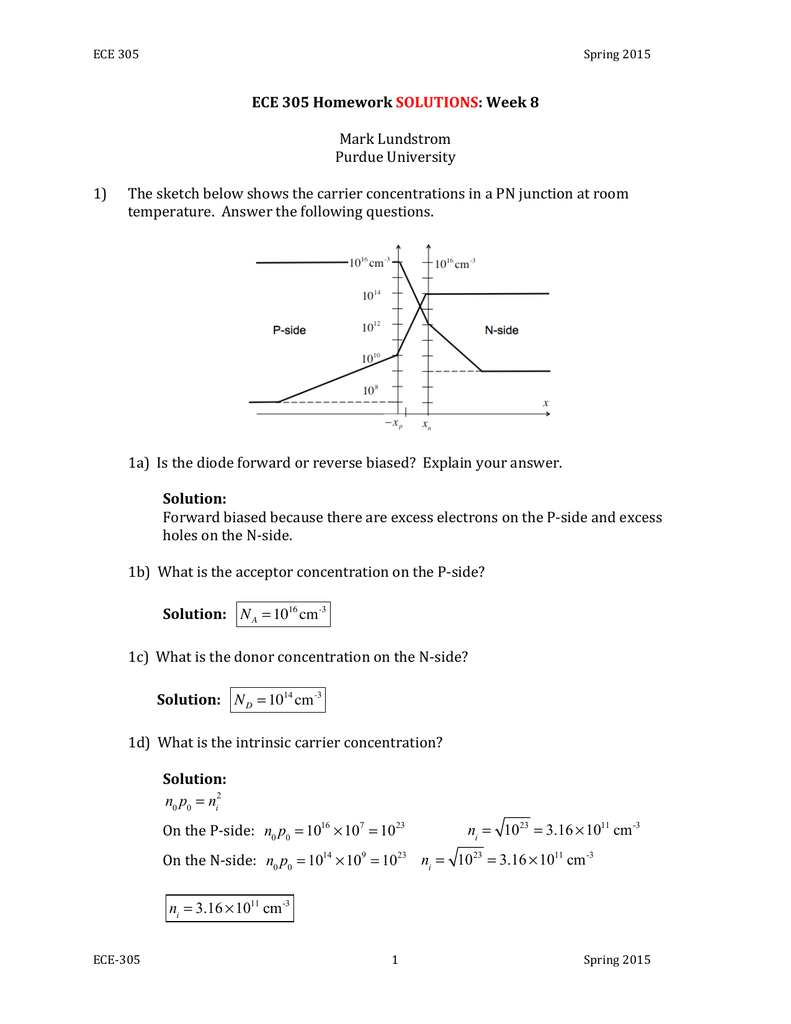

Over the years, however, the technological problems associated with FETs were solved, and today, the Metal-Oxide-Semiconductor Field-Effect Transistor (MOSFET) is the mainstay of electronic systems. The result, in December 1947, was the transistor – not the field-effect transistor (FET) of Lillenfeld and Heil but a point contact bipolar transistor (something like the original cat’s whisker crystal rectifier).

Semiconductor technology was too immature at the time to develop this concept into a device that could compete with vacuum tubes, but by the end of World War II, enough ground work had been laid to spur Bell Telephone Laboratories to mount a serious effort to develop a solid-state replacement for the vacuum tube.

By eliminating the need for a heated filament and a vacuum enclosure, a solid-state device would be smaller, more reliable, and consume less power. In the 1920’s, Julius Lilienfeld and Oskar Heil independently patented a concept for a “solid-state” replacement for the vacuum tube triode.
The lectures are complemented by an extensive set of on-line resources. The lectures are designed to be broadly accessible to anyone with an undergraduate degree in the physical sciences or engineering. The lectures take a unique approach that is physically insightful, mathematically simple, and that works for nano-devices as well as for micro and macro devices. >Transistors CMOS MOSFET Nanoelectronics Key Features: Mark lundstrom radia professional#
Readership: Any student and professional with an undergraduate degree in the physical sciences or engineering.
 VS Characterization of Transport in Nanotransistors. Connecting the Transmission and VS Models. Poisson Equation and the Depletion Approximation The company currently specializes in the Renewables & Environment area. The MOSFET: A Barrier-Controlled Device. This book is written in a way that is broadly accessible to students with only a very basic knowledge of semiconductor physics and electronic circuits.Ĭomplemented with online lecture by Prof Lundstrom: nanoHUB-U Nanoscale Transistor The objective is to provide readers with an understanding of the essential physics of nanoscale transistors as well as some of the practical technological considerations and fundamental limits. Surprisingly, the final result looks much like the traditional, textbook, transistor models, but the parameters in the equations have simple, clear interpretations at the nanoscale. It uses a novel, “bottom-up approach” that agrees with traditional methods when devices are large, but that also works for nano-devices. These lectures describe a way of understanding MOSFETs and other transistors that is much more suitable than traditional approaches when the critical dimensions are measured in nanometers. Progress in transistor scaling has pushed channel lengths to the nanometer regime where traditional approaches to device physics are less and less suitable. Today I join Radia, which is bringing technological, environmental, and aerospace innovation to companies and governments to directly address climate change and meet their clean energy needs. Upon graduation they go on to careers in academia or industry that involve exploring or developing new electronic device technologies.The transistor is the key enabler of modern electronics. They become adept at addressing these problems through innovative theory and novel simulation approaches. Students in the Lundstrom Group are interested in device physics and design and in exploring new electronics device possibilities. Current work is exploring new ideas for energy conversion, energy storage and conservation. The group has explored the ultimate and practical limits of CMOS transistors for digital logic and examined alternatives to the silicon MOSFET such as carbon nanotube, semiconductor nanowire, spintronic, and graphene transistors. The Lundstrom Group explores the physics and technology of nanoelectronic devices.
VS Characterization of Transport in Nanotransistors. Connecting the Transmission and VS Models. Poisson Equation and the Depletion Approximation The company currently specializes in the Renewables & Environment area. The MOSFET: A Barrier-Controlled Device. This book is written in a way that is broadly accessible to students with only a very basic knowledge of semiconductor physics and electronic circuits.Ĭomplemented with online lecture by Prof Lundstrom: nanoHUB-U Nanoscale Transistor The objective is to provide readers with an understanding of the essential physics of nanoscale transistors as well as some of the practical technological considerations and fundamental limits. Surprisingly, the final result looks much like the traditional, textbook, transistor models, but the parameters in the equations have simple, clear interpretations at the nanoscale. It uses a novel, “bottom-up approach” that agrees with traditional methods when devices are large, but that also works for nano-devices. These lectures describe a way of understanding MOSFETs and other transistors that is much more suitable than traditional approaches when the critical dimensions are measured in nanometers. Progress in transistor scaling has pushed channel lengths to the nanometer regime where traditional approaches to device physics are less and less suitable. Today I join Radia, which is bringing technological, environmental, and aerospace innovation to companies and governments to directly address climate change and meet their clean energy needs. Upon graduation they go on to careers in academia or industry that involve exploring or developing new electronic device technologies.The transistor is the key enabler of modern electronics. They become adept at addressing these problems through innovative theory and novel simulation approaches. Students in the Lundstrom Group are interested in device physics and design and in exploring new electronics device possibilities. Current work is exploring new ideas for energy conversion, energy storage and conservation. The group has explored the ultimate and practical limits of CMOS transistors for digital logic and examined alternatives to the silicon MOSFET such as carbon nanotube, semiconductor nanowire, spintronic, and graphene transistors. The Lundstrom Group explores the physics and technology of nanoelectronic devices.








 0 kommentar(er)
0 kommentar(er)
